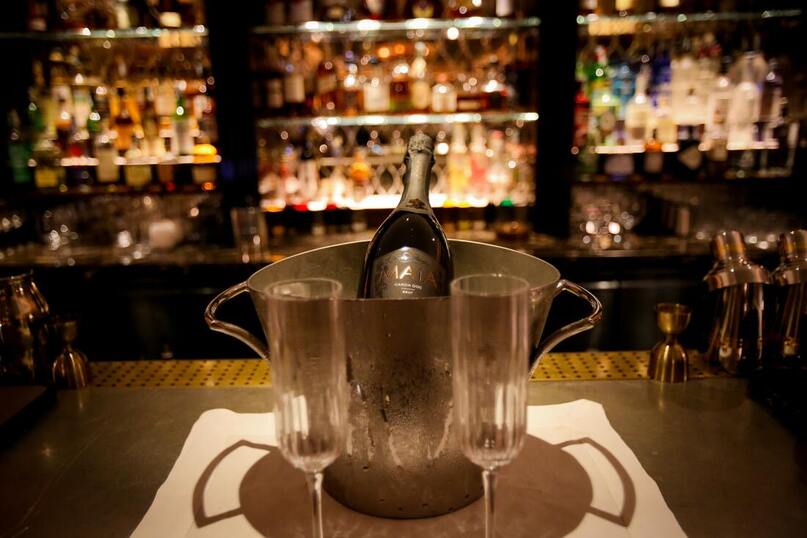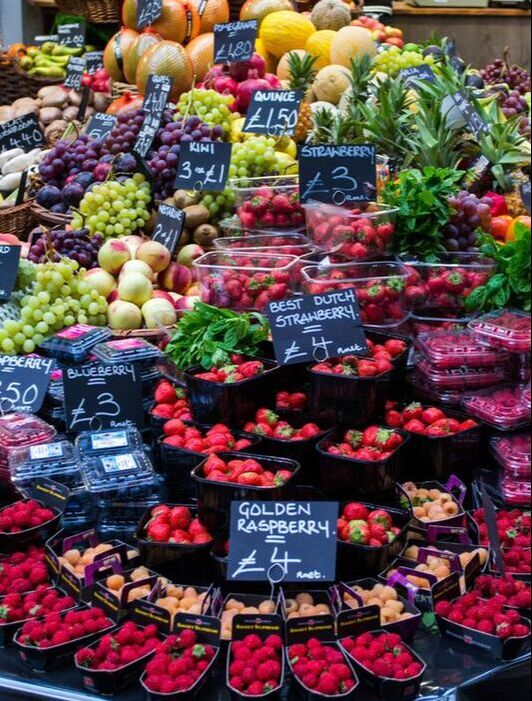5 Tips to Better Identify Aromas in WineIf you’ve ever smelled your glass of wine expecting a bouquet of raspberries, lilac, coffee and chocolate and thought: just smells like wine to me, this post is for you. First off, know that you’re definitely not alone. Distinguishing aromas is one of the most difficult parts of the wine tasting process. Don’t despair though, this skill can be trained and improved. Here are my five tips for better distinguishing aromas in your wine! Before we get into the tips, let’s just talk quickly about the elephant in the room. When I first started learning about wine and read that a wine had notes of pineapple, vanilla, and cinnamon I wondered if that meant the wine was made with these ingredients. How else would it have those flavors and aromas? Turns out, aromas found in wine are derived from chemical reactions. This means there was no pineapple (or vanilla or cinnamon for that matter) in the wine I was tasting. This is great news for wines with notes of dirt, rubber hose, or even petroleum. But why, then, do we describe the wine as having these particular aromas if they’re not actually present in the wine? To answer that, I need to tell you about Ann Noble. Ann Noble is a sensory chemist and retired professor from the University of California, Davis. During her time at UC Davis, she discovered that there was no framework or terminology for describing wine. Tasters would use works such as delicate, strong, flavorful, or even masculine vs feminine. But what did those words even mean? In response to this, Dr. Noble created the aroma wheel. The aroma wheel was based on the idea that we should compare the aromas and tastes of wine to aromas and tastes that we were already familiar with: things like fruit, spices, flowers, and nuts. Her invention completely revolutionized the wine world and is why we describe wine the way we do today. But how do you go from just smelling wine, to smelling peaches, nutmeg, and mushrooms in your glass? Read on for my tips to improve your wine sniffer! TIP #1: IMPROVE YOUR SMELL "VOCABULARY" A major problem with smell, (at least in American culture) is that it’s one of our least trained senses. We’re taught to identify different colors and sounds, but there’s certainly no class in grade school that teaches you to identify different aromas. Another unique thing about smell is that it’s the sense most tied to memory. So while you may not be able to give a name to a smell, it might bring up a strong memory. How do you combat this? Build your smell “vocabulary.” Next time you go to eat an apple, give it a good sniff. Then take a bite of the apple. Take another sniff. Does it smell different? Try to describe the smell using words. For example, maybe it smells tangy, sour, and refreshing. Log that smell in your brain. As you do this with more and more foods, you’ll begin building your very own smell dictionary so next time you sniff your chardonnay you can pick out the yellow apple because you remember what it smelt like last time you ate one. TIP #2: ENSURE WINE IS AT CORRECT TEMPERATURE One of the biggest myths in wine is that you should drink white wine straight out of the fridge and drink red wine at room temperature, no matter what temperature the room is. Let me be the first to tell you, that is not true! Most white wines should be enjoyed between 45-55°F (7-13°C). A great way to achieve this temperature is to take your white wine out of the fridge about 30 minutes before you plan on drinking it. As for red wine, the recommended service temperature is between 55-64°F (13-18°C). Unless you’re like my dad and prefer the house at a chilly 65°F, you’re going to want to chill your red wine a bit. Just 15-30 minutes in the fridge should do it. Service temperature is incredibly important when distinguishing aromas in the wine. When you’re smelling the wine, you’re smelling the miniscule particles coming out of the wine. If the wine is too cold, physics tells us these particles won’t move as much and it will be harder to pick them out. If the wine is too warm on the other hand, it dulls the aromas and causes the fresh fruit and spice smells to fade. TIP #3: DO COMPARATIVE TASTINGS One of the best ways to improve your ability to distinguish aromas in wine is through comparative, or side-by-side, tastings. The slight (or significant) differences in the smells of different wines will become much more apparent when they’re smelt side by side. This is why I like to include at least three different wines in my public group classes and private tasting! Some examples to try out include:
TIP #4: START WITH FRUIT
TIP #5: BE CONFIDENT My final tip is simple, but certainly not easy. Be confident in your ability. There is no wrong answer when it comes to describing wine. Does the wine smell like a hay bale on a muggy summer day? If it does to you, then it sure does. Does the wine smell like your dad’s old cologne? Absolutely. Does it smell like a sweaty leather saddle? Yep, I’d believe you.
You really can’t go wrong. So go out there, sniff some wines and describe those aromas with confidence.
0 Comments
Leave a Reply. |
Topics
All
|




 RSS Feed
RSS Feed